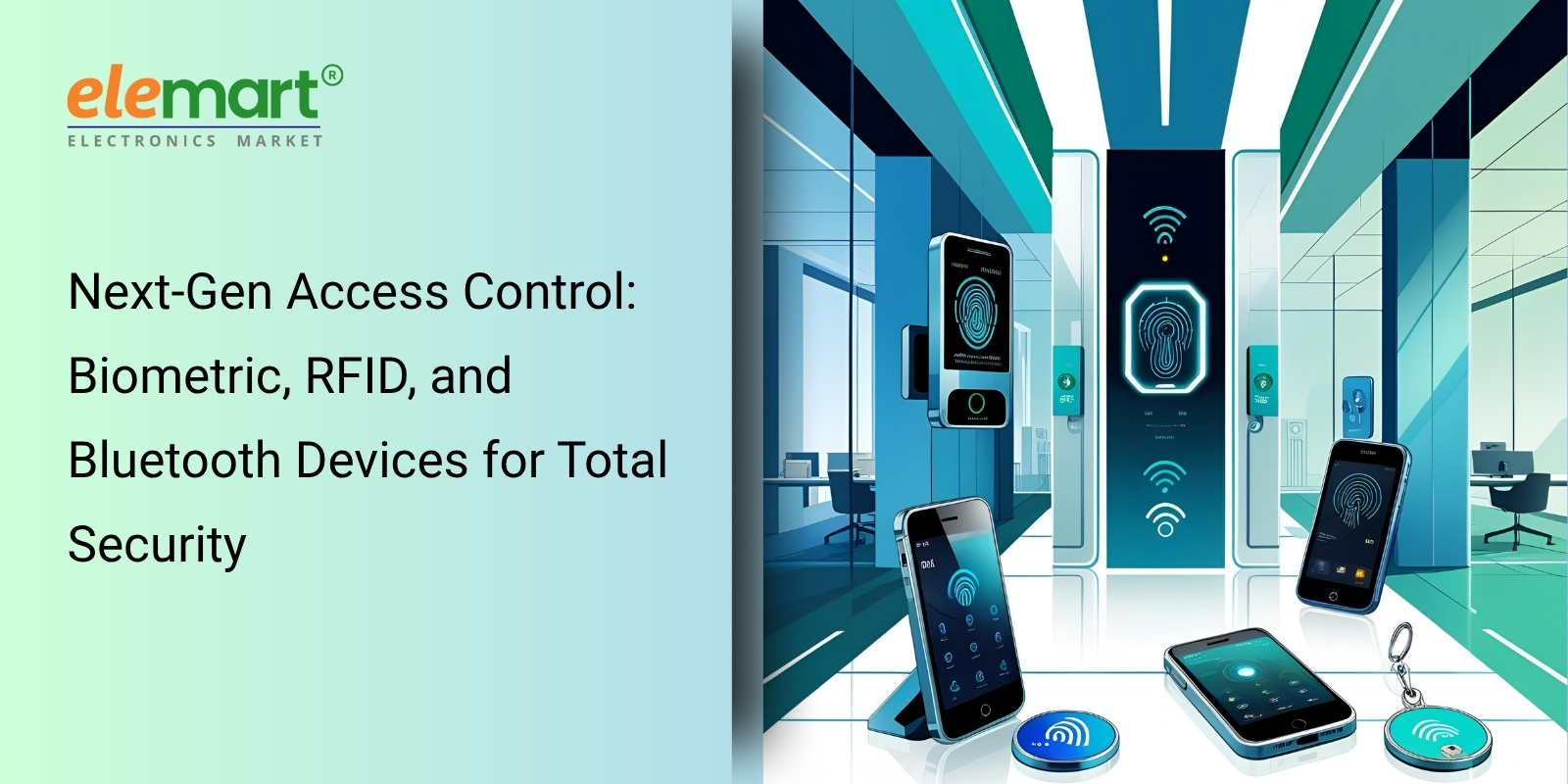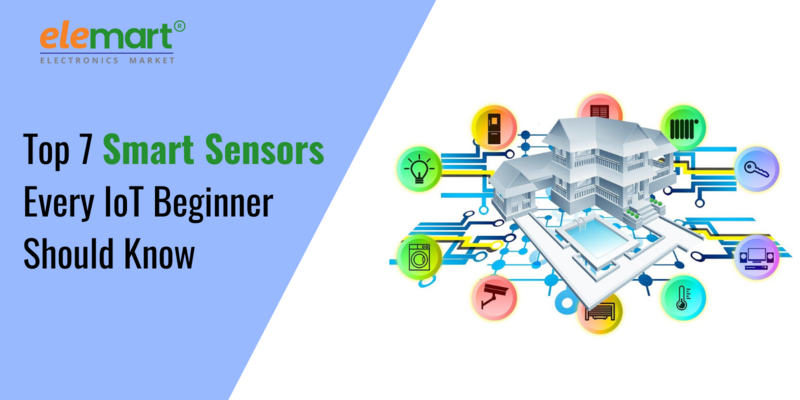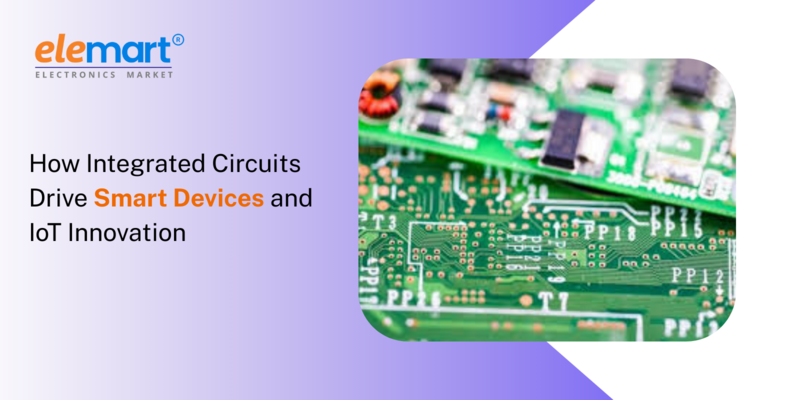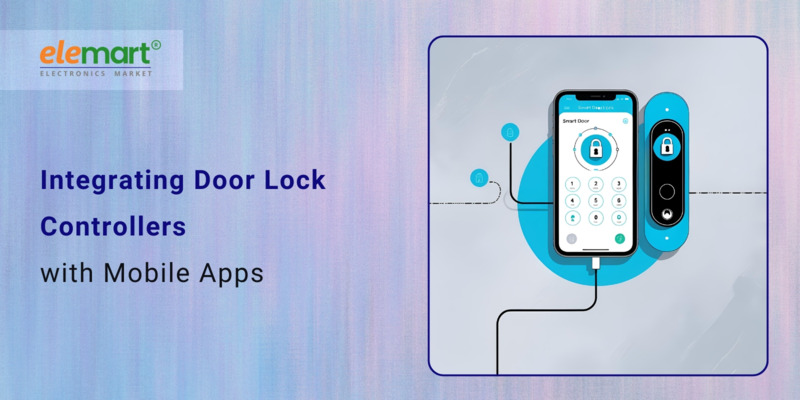- Jun 26, 2025
Share this post on:

For decades, access control was largely about keys, keycards, and PIN codes. While these methods still have their place, they’re increasingly vulnerable to compromise. Lost keys, stolen cards, and easily guessed PINs can create significant security risks for businesses, organizations, and even individuals. Enter the era of next-generation access control – a revolution fueled by advancements in biometrics, Radio-Frequency Identification (RFID), and Bluetooth technology. This post will delve into these technologies, explore their benefits, discuss integration strategies, and look ahead to the future of access control.
1. The Evolving Landscape of Access Control – Why Change is Necessary
Traditional access control methods are facing increasing pressure:
- Key/Card Cloning: Easily replicated keys and cards render them ineffective.
- Human Error: Lost cards, forgotten PINs, and unauthorized sharing are common.
- Physical Vulnerabilities: Keycards can be stolen, locks can be picked, and PINs can be observed.
- Compliance Requirements: Increasingly stringent regulations (e.g., HIPAA, GDPR) demand robust access control measures.
- Remote Work & Hybrid Environments: Securing access for remote employees and ensuring consistent protocols across diverse locations is crucial.
Next-generation access control addresses these vulnerabilities by introducing layers of security and automation. The goal is to move beyond simple “yes/no” access and build a system that's intelligent, adaptable, and resistant to compromise.
2. Biometric Access Control: Your Body as the Key
Biometrics use unique biological characteristics to verify identity. While still a relatively premium solution, biometric systems are becoming increasingly affordable and reliable.
- Fingerprint Scanning: The most common biometric method, fingerprint scanners have dramatically improved in accuracy and speed. They are cost-effective and relatively easy to deploy. However, they are still susceptible to spoofing with realistic fake fingerprints (though countermeasures are constantly being developed).
- Facial Recognition: Using AI and advanced camera systems, facial recognition analyzes facial features to verify identity. It offers a hands-free solution and can be integrated with existing surveillance systems. Privacy concerns are a significant consideration and require careful policy implementation.
- Iris Scanning: Iris patterns are incredibly complex and unique, making iris scanning highly secure. It's typically more expensive than fingerprint or facial recognition but offers a very high level of verification.
- Voice Recognition: While initially less secure, advancements in voice biometrics are making it a viable option for certain applications, particularly in conjunction with other authentication factors.
- Vein Pattern Recognition: This technology uses infrared light to map the unique patterns of veins in the hand or finger, offering a high level of security and difficult to replicate.
Benefits of Biometric Access Control:
- High Security: Difficult to forge or duplicate biometric data.
- Accountability: Clear audit trails of who accessed what and when.
- Reduced Card/Key Management: Eliminates the need for physical access credentials.
- Enhanced User Experience: Often faster and more convenient than traditional methods (particularly facial recognition).
3. Radio-Frequency Identification (RFID): Automated Tracking and Access
RFID technology uses radio waves to automatically identify and track tags attached to objects or people. There are two primary types:
- Low-Frequency (LF) RFID: Shorter range, often used for asset tracking.
- High-Frequency (HF) RFID: Longer range, commonly used for access control with cards or fobs.
- Ultra-High Frequency (UHF) RFID: Longest range, used for inventory management and large-scale tracking.
How RFID is Used in Access Control:
- Proximity Cards/Fobs: Users wave their cards or fobs near a reader to gain access.
- Asset Tracking: RFID tags can be attached to valuable equipment to monitor their location.
- Time and Attendance: Automatically record employee arrival and departure times.
- Parking Management: Automate vehicle entry and exit.
Advantages of RFID:
- Hands-Free Operation: Convenient for users.
- Fast Processing: Quick access granting.
- Scalability: Easily adaptable to large facilities.
- Cost-Effective: Generally more affordable than biometric systems.
4. Bluetooth Access Control: Seamless Integration with Mobile Devices
Bluetooth technology enables wireless communication between devices over short distances. In access control, it've become increasingly popular due to the proliferation of smartphones.
- Bluetooth Low Energy (BLE): BLE is ideal for access control due to its low power consumption and ability to communicate with mobile devices.
- Smartphone-Based Access: Users can use their smartphones as virtual access cards, eliminating the need for physical credentials.
- Temporary Access Granting: Easily grant temporary access to visitors or contractors.
- Geolocation-Based Access: Automatically grant access when a user enters a specific area.
Benefits of Bluetooth Access Control:
- Convenience: Users don't need to carry separate access cards or fobs.
- Enhanced Security: Smartphone access can be combined with biometric authentication for multi-factor authentication.
- Flexibility: Easily manage access permissions remotely.
- Reduced Costs: Eliminates the need to print and distribute physical access cards.
5. Integrating Next-Gen Access Control Systems
The real power comes from combining these technologies. A robust system might include:
- Layered Authentication: Requiring multiple factors (e.g., Bluetooth-enabled smartphone + fingerprint scan) for higher security.
- Integration with Building Management Systems (BMS): Connecting access control with HVAC, lighting, and other building systems.
- Cloud-Based Management: Centralized control and monitoring of access permissions.
- Video Integration: Connecting access control events with video surveillance footage.
- AI and Machine Learning: Analyzing access patterns to identify potential security threats and optimize system performance.
6. Challenges and Considerations
While next-gen access control offers significant benefits, there are challenges to consider:
- Cost: Initial investment can be higher compared to traditional methods.
- Privacy Concerns: Biometric data collection raises privacy concerns that need to be addressed with transparent policies and data security measures.
- Data Security: Protecting biometric data from theft or misuse is critical.
- Technical Expertise: Implementing and maintaining these systems requires specialized knowledge.
- Interoperability: Ensuring compatibility between different technologies and vendors can be challenging.
7. The Future of Access Control
The future of access control will be shaped by ongoing advancements in technology:
- Contactless Biometrics: Further refinement of facial recognition and other biometric methods to minimize physical contact.
- Behavioral Biometrics: Analyzing user behavior (e.g., typing speed, gait) to continuously verify identity.
- Decentralized Access Control: Using blockchain technology to create more secure and transparent access control systems.
- Integration with the Internet of Things (IoT): Connecting access control with a wider range of devices and applications.
- Adaptive Access Control: Systems that learn from user behavior and adjust access permissions accordingly.
Conclusion
Next-generation access control solutions – incorporating biometrics, RFID, and Bluetooth – are transforming how we secure buildings and assets. By leveraging these technologies, organizations can significantly enhance security, improve efficiency, and create a more user-friendly experience. While challenges exist, the benefits far outweigh the risks, and the future of access control is undeniably driven by innovation and a commitment to robust security measures. As technology continues to evolve, staying informed about the latest advancements will be crucial for organizations seeking to maintain a competitive edge and protect their most valuable assets.














